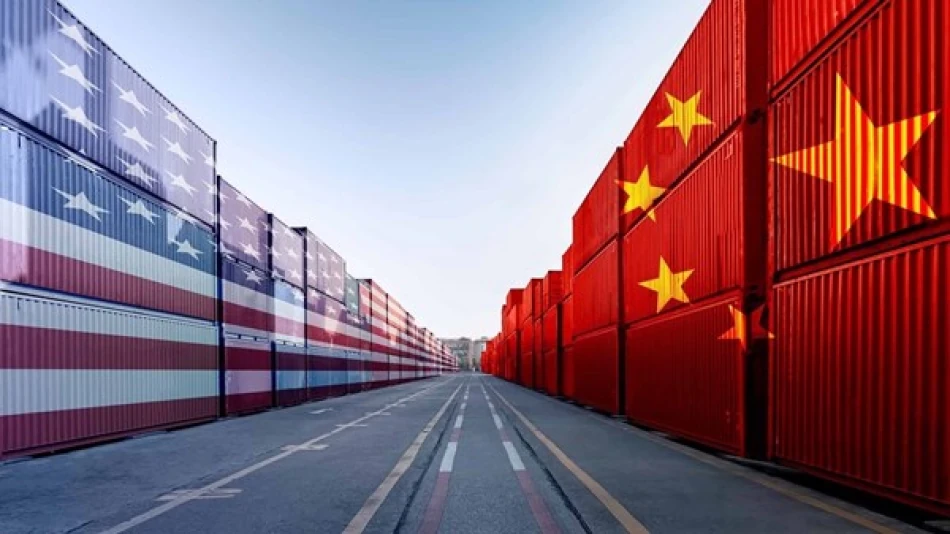
China Suspends Tariffs on American Goods Amid Trade Negotiations
China Extends Tariff Relief on US Goods as Trade Détente Continues
China has announced a 90-day extension of suspended tariffs on select American imports, maintaining reduced trade barriers that signal both countries' commitment to economic cooperation despite broader geopolitical tensions. The move removes 24% in additional duties while keeping a baseline 10% tariff in place, reflecting a calculated approach to trade normalization.
The Mechanics of China's Tariff Strategy
The State Council's Customs Tariff Committee confirmed that the suspension takes effect from 12:01 PM today, covering specific categories of US imports that were previously subject to retaliatory measures. By maintaining the 10% baseline while removing the higher punitive rates, Beijing is creating a middle ground that preserves negotiating leverage while demonstrating good faith.
This tiered approach differs markedly from the all-or-nothing tariff wars of 2018-2020, when both nations imposed escalating duties that reached as high as 25% on hundreds of billions of dollars in trade. The current framework suggests both sides have learned to use tariffs as precise diplomatic tools rather than blunt economic weapons.
Market and Investor Implications
For businesses and investors, this extension provides crucial certainty in supply chain planning. Companies that have been hesitant to commit to long-term contracts or inventory buildup now have a clearer 90-day window, though the temporary nature still prevents full strategic pivots back to pre-trade war arrangements.
The targeted nature of these suspensions likely benefits agricultural exporters, technology components, and industrial materials—sectors that formed the backbone of US-China trade before tensions escalated. However, the retention of 10% duties ensures that alternative supply chains developed during the trade war period remain competitive, preventing a complete reversal to previous trade patterns.
Broader Economic Context
China's statement emphasizing "global economic growth and stability" reflects both nations' recognition that their trade relationship affects far more than bilateral commerce. With global supply chains still recovering from pandemic disruptions and geopolitical fragmentation, predictable US-China trade rules provide stability for multinational corporations and emerging markets dependent on both economies.
The 90-day timeframe aligns with typical diplomatic negotiation cycles, suggesting this extension serves as a bridge to more comprehensive discussions rather than a final settlement. This pattern mirrors successful trade negotiations between other major economies, where incremental confidence-building measures precede broader agreements.
Strategic Calculations Behind the Move
Beijing's decision to extend rather than permanently eliminate these tariffs reveals sophisticated economic statecraft. The temporary nature maintains pressure for continued US engagement while the partial relief demonstrates China's willingness to reward cooperative behavior. This approach allows both sides to claim diplomatic victories while avoiding the domestic political costs of appearing to surrender leverage.
The timing also coincides with both countries facing economic headwinds that make trade disruption particularly costly. China's post-COVID recovery remains uneven, while the US grapples with inflation concerns that make cheaper imports politically attractive. These domestic pressures create natural incentives for trade cooperation that extend beyond diplomatic considerations.
 Layla Al Mansoori
Layla Al Mansoori







